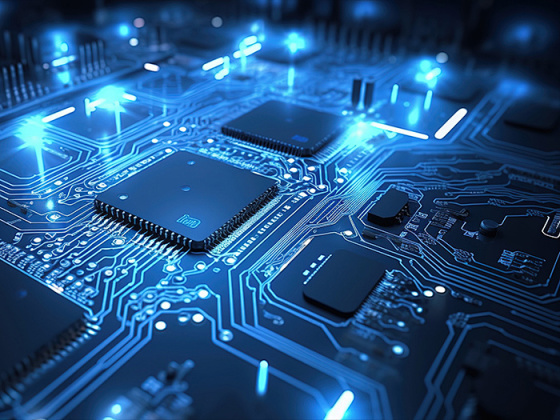Unraveling the Wonders of Flexible PCBs in Various Industries
May 07,2025

Introduction to Flexible PCBs
Ever wondered how modern electronics manage to be so compact yet powerful? Well, let me introduce you to the unsung hero of the tech world: Flexible PCBs! These nifty little circuits are not just your average printed circuit boards; they’re designed to bend, twist, and adapt to the ever-changing landscape of technology.
What is a Flexible PCB?
In simple terms, a Flexible PCB (Printed Circuit Board) is a circuit board that can be bent and flexed without compromising performance. Made from materials like polyimide or polyester, these boards are lightweight and can fit into tight spaces, making them perfect for smartphones, wearables, and even medical devices. Fancy, right?
Why Choose Flexible PCBs?
Now, you might be asking, "Why should I care about Flexible PCBs?" Well, buckle up, because here are a few reasons:
- Space-Saving: With their ability to conform to various shapes, they help designers utilize every inch of space efficiently.
- Lightweight: Flexible PCBs are significantly lighter than their rigid counterparts, making them ideal for portable devices.
- Durability: They can withstand mechanical stress and resist vibrations, which is a big win for electronic devices.
Diverse Applications
Flexible PCBs aren’t just cool gadgets; they’re the backbone of numerous industries. Let’s explore some of the most exciting applications!
1. Consumer Electronics
From smartphones to tablets, Flexible PCBs make consumer electronics sleeker and more efficient. They allow for innovative designs that keep up with our fast-paced, tech-savvy lives. Just think about the last time you marveled at your phone’s design—thank Flexible PCBs for that!
2. Medical Devices
In the medical field, reliability is key. Flexible PCBs are used in devices like pacemakers and portable diagnostic equipment. Their flexibility allows them to be seamlessly integrated into various medical applications, ensuring that doctors and patients alike can rely on technology that adapts to their needs.
3. Automotive Industry
Have you ever wondered how your car’s electronics manage to be so advanced? Flexible PCBs are at the heart of many automotive applications, powering everything from infotainment systems to advanced driver-assistance systems (ADAS). They help make vehicles safer and more efficient while keeping them lightweight.
Challenges and Considerations
While there’s no denying the perks of Flexible PCBs, there are some challenges to keep in mind. For one, they can be more expensive to produce than traditional PCBs. Additionally, manufacturers need to ensure that the materials used can withstand the operational environment, especially in demanding applications.
The Future of Flexible PCBs
As technology evolves, so does the need for innovative solutions. The future of Flexible PCBs looks bright, with advancements in materials and manufacturing processes. Researchers are exploring new substrates and conductive inks to enhance performance and reduce costs. Who knows? The next breakthrough in tech might just hinge on a Flexible PCB!
Conclusion
In a nutshell, Flexible PCBs are revolutionizing industries by providing versatile, lightweight, and durable solutions. Whether it’s in your pocket or under the hood of your car, these flexible wonders are shaping the future of technology. So, the next time you pick up your smartphone, take a moment to appreciate the engineering marvel that is the Flexible PCB!
Contact Us
E-mail :
shirley@threestar.com.tw
E-mail :
joyce@threestar.com.tw
E-mail :
johnhan@threestar.com.tw


